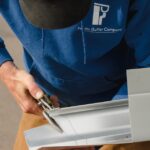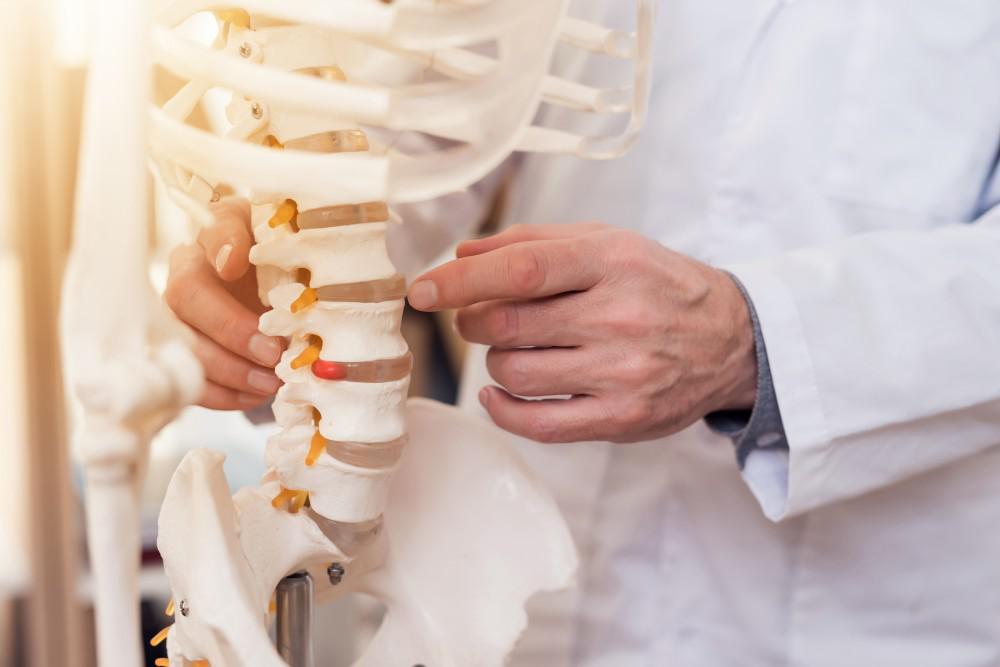Spinal stenosis is a medical condition whose symptoms cause severe back pain and numbness of your extremities. According to statistics, it is a common medical condition as it affects approximately five-hundred thousand Americans. Georgetown spinal stenosis is therefore managed by a team of specialists who offer innovative treatments for symptomatic relief. Below is what you need to know about spinal stenosis:
What causes spinal stenosis?
Spinal stenosis is a condition that usually affects your neck or the lumbar (lower back) region that causes narrowing of your spinal canal. The spinal canal narrowing exerts too much pressure on your spinal cord, leading to several symptoms like low back pain and numbness of extremities. Mostly spinal stenosis is due to age-related tear-and-wear or osteoarthritis. If you are above the age of fifty, you are at a greater risk of developing this condition. You can as well have it if you: suffer from spondyloarthritis, previously had a spinal injury or spinal surgery, have spinal tumors, have bone spurs along the spine, or were born with a narrow spinal canal. It is also essential to understand that females are more prone to developing spinal stenosis due to the increased risk of osteoporosis after menopause.
Are there symptoms of spinal stenosis?
Generally, the symptoms of spinal stenosis are not well understood since some people suffer from severe discomfort while others do not. However, it is important to note that the symptoms of this condition often worsen over time. Therefore, even if your symptoms are minor, they are more likely to get worse over time if left untreated. Since the narrow spinal canal exerts pressure on your nerve roots, it can cause burning and tingle down to your legs or arms. In most cases, you begin feeling weakness in your muscles, whereby it becomes quite challenging to grasp objects.
Some symptoms of spinal stenosis are lower back or neck pain, loss of bowel or bladder function, difficulty in walking, shooting pains on your legs, and sexual dysfunction. Pain management specialists understand how dangerous spinal stenosis can become and hence diagnose you on the spot by enquiring more about your symptoms. They also might need an MRI, CT scan, or x-ray to ascertain spinal stenosis.
How is spinal stenosis treated?
The health care team usually offers in-demand Vertiflex superion treatment for spinal stenosis. This treatment is a minimally invasive procedure involving putting a tiny device into your spinal cord through the space between the vertebrae to help reduce the compression. The superion implant inserted in your spinal cord plays an essential role which is to serve as a place holder, thus minimizing pressure on your connective tissues and nerves and still allowing you to move normally. In most cases, the treatment given depends on your unique needs. Therefore, the care provider may recommend any of the following bracing, muscle relaxants, nonsteroidal anti-inflammatory drugs, physical therapy, or spine injections like corticosteroid shots.
Since there is no known cure for spinal stenosis, the expert team, therefore, focuses on helping you find symptomatic relief and prevent the development of further complications. If conservative treatments are not effective, your care provider may recommend surgery to help resolve spinal stenosis problems.
If you are interested in learning more about spinal stenosis and various treatment options available, visit Republic Spine & Pain today. Call their office or visit their website for more information.











